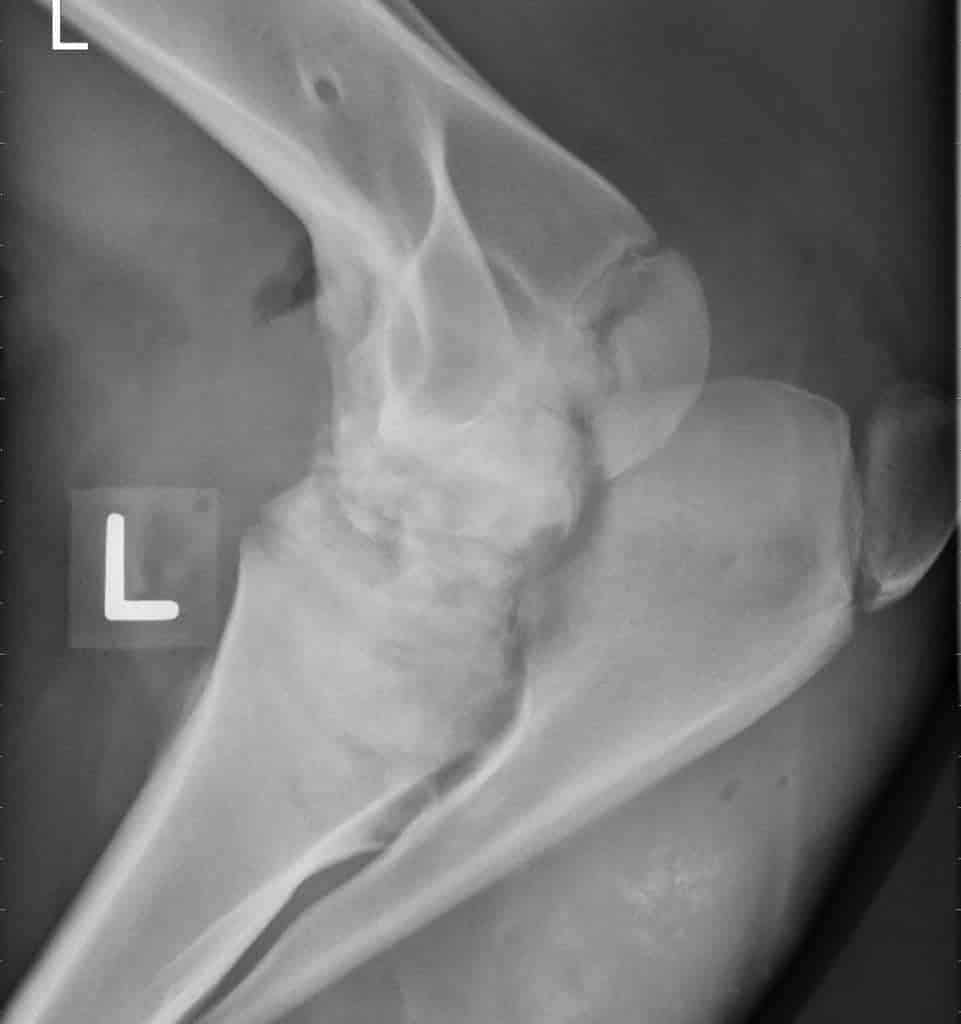PRP, Bone Marrow for Tendon/Ligament Injuries (AAEP 2011)
Mixed study results indicate more research is needed to determine dosing frequency and therapeutic window.
Mixed study results indicate more research is needed to determine dosing frequency and therapeutic window.

Treatment goals should be to aid in performance without eliminating the joint’s natural response to injury.

Kissing spines are more likely to cause clinical problems in certain breeds, disciplines, and age groups.

Topical anti-inflammatories, hyaluronic acid, and shock wave therapy are among the popular treatment options.

A thorough physical examination and tailored therapeutic approach can help relieve equine neck and back pain.
Topics discussed included diagnostic methods, types of back pain, kissing spines, and treatment methods.
Attendees discussed the horse’s overall work program, assessment, conditioning strategies, and more.

Certain lucencies should be taken seriously as they appear to have a significant effect on racing performance.
Topics discussed included soft tissue injuries, post-operative and posttrauma care, and neck and back pain.
The racing industry is making significant progress in identifying causes for equine injuries, two vets agree.
Attendees discussed hoof lameness, club feet, track surface’s effect on lameness, back and neck pain, and EPM.
One of the challenges with equine pain management is often simply detecting a horse in pain and to what extent

Stall rest can be anything but restful for horse and owner alike. Here’s how to achieve the best possible outc

In the right hands, these physical therapy methods can help rehabilitate injured horses.

Chronic pain can’t be ignored, as it negatively impacts both a horse’s physiology and his mental health.
John Crandell III and Heraldic won two silver medals at the Endurance competition at the Pan American Games.
Stay on top of the most recent Horse Health news with
"*" indicates required fields